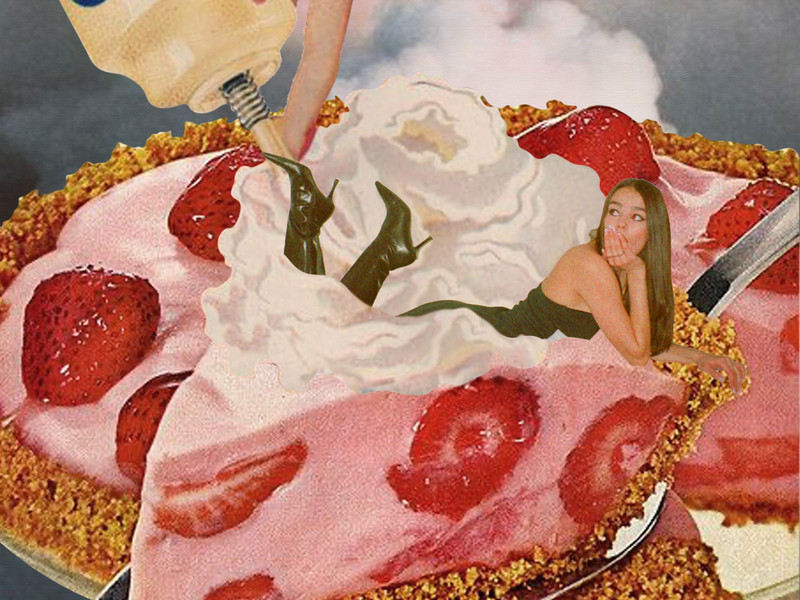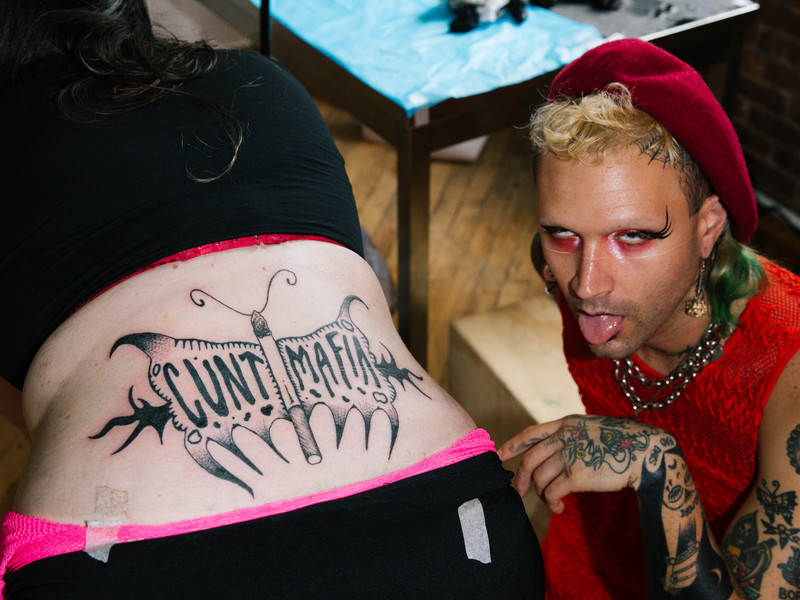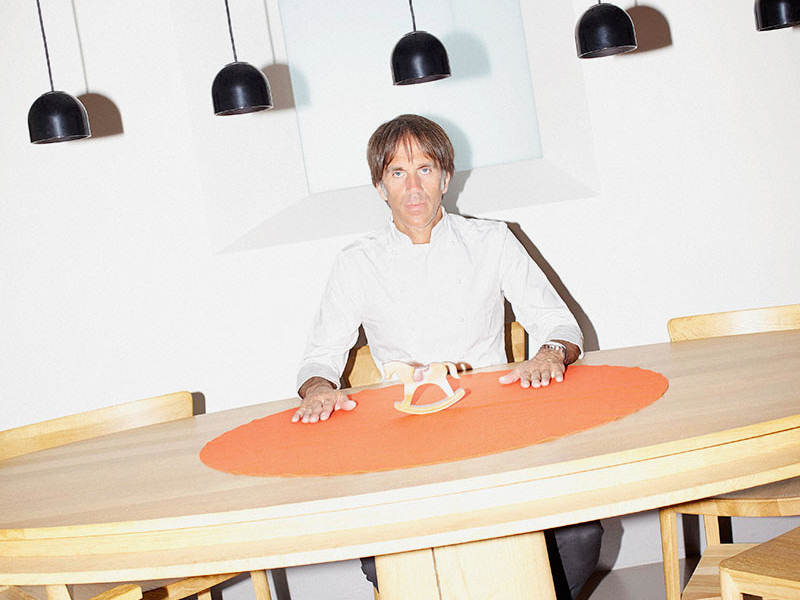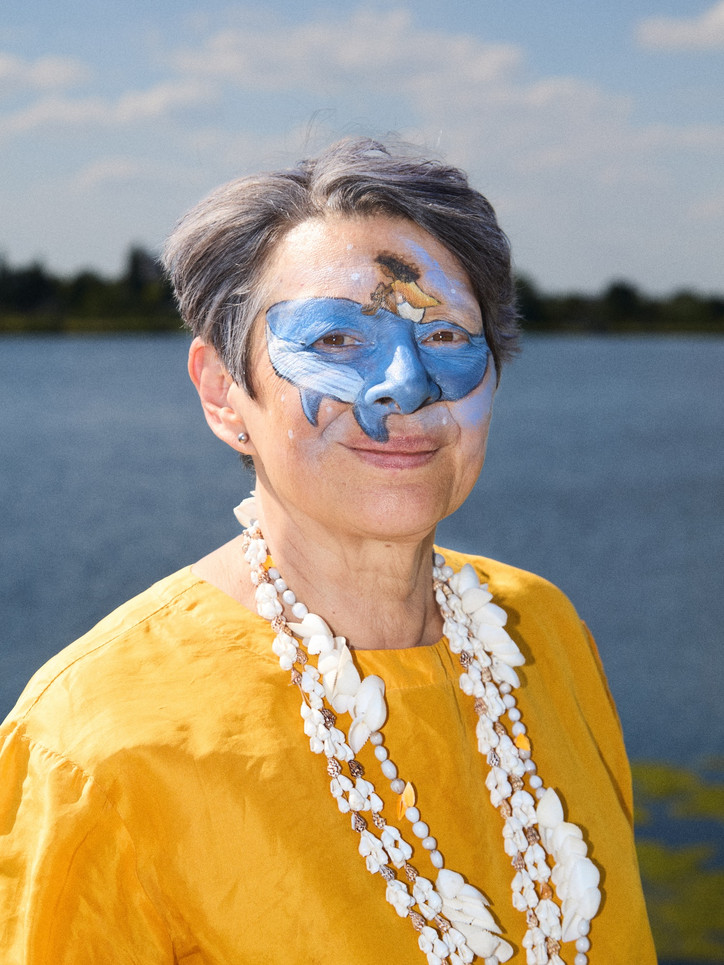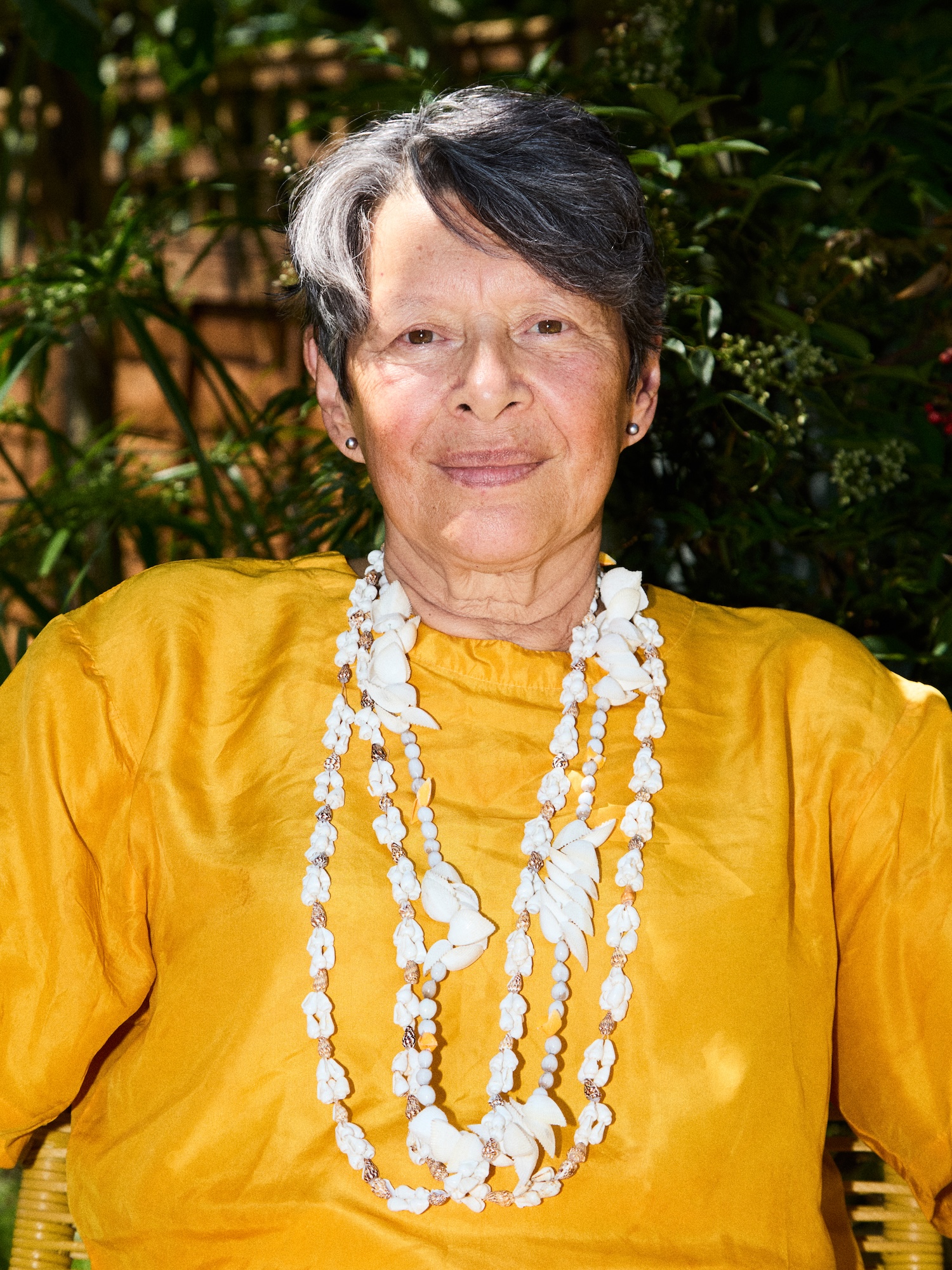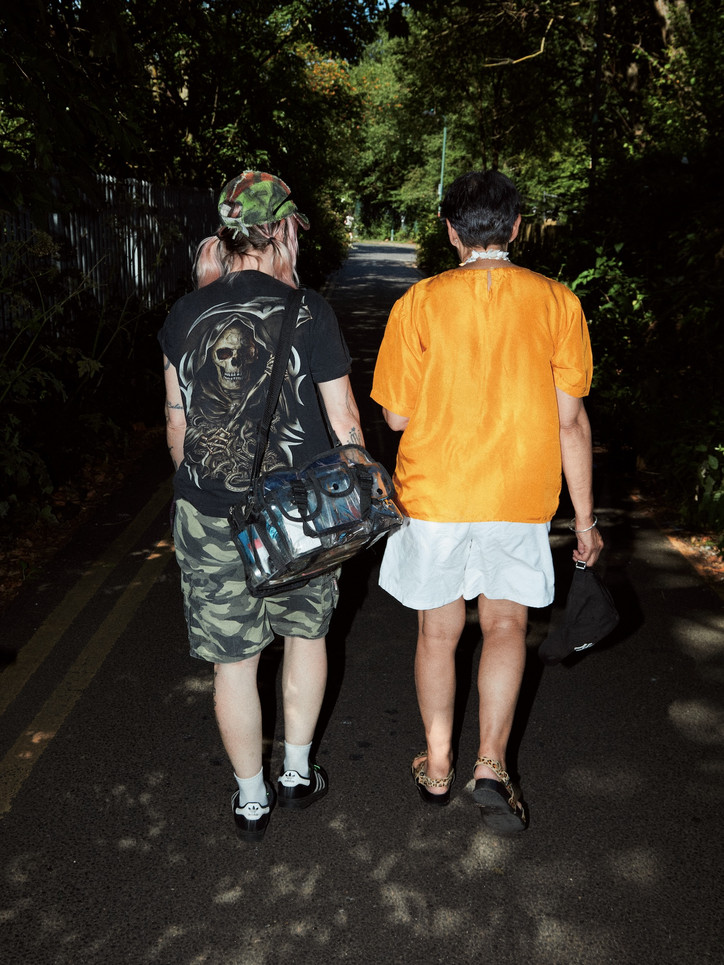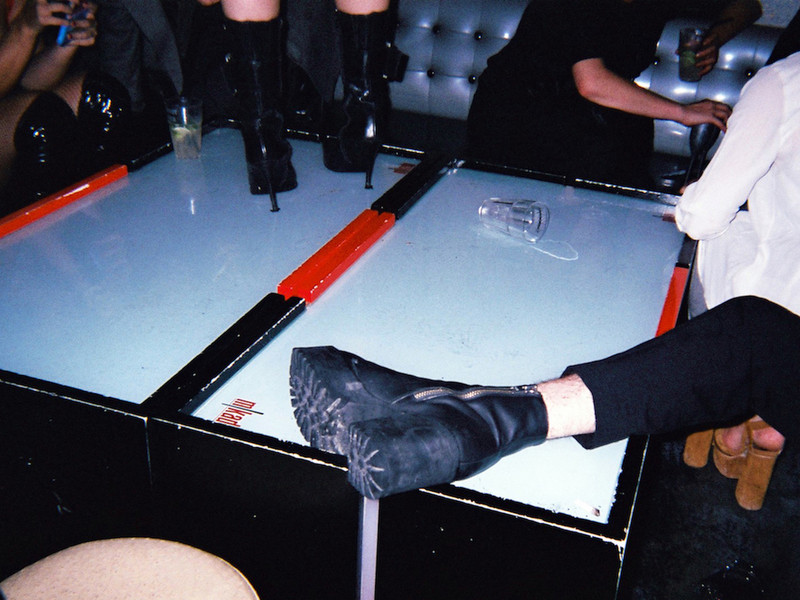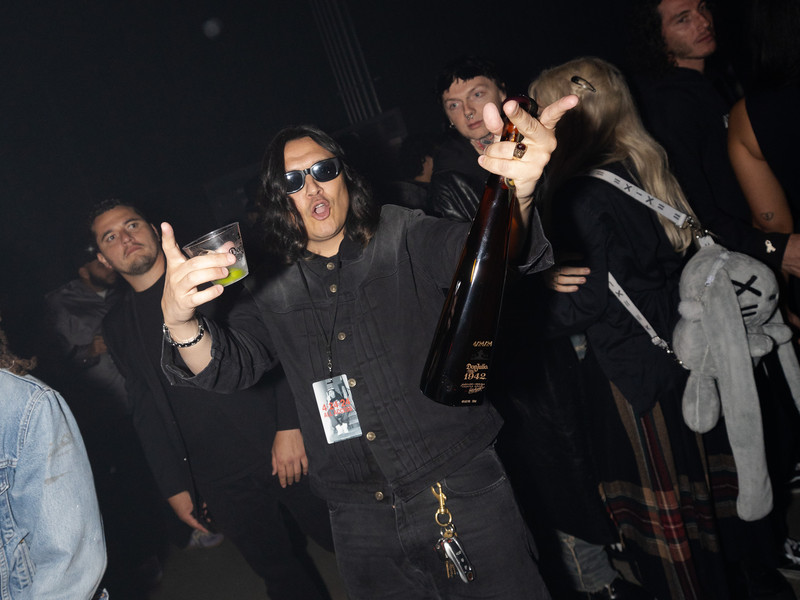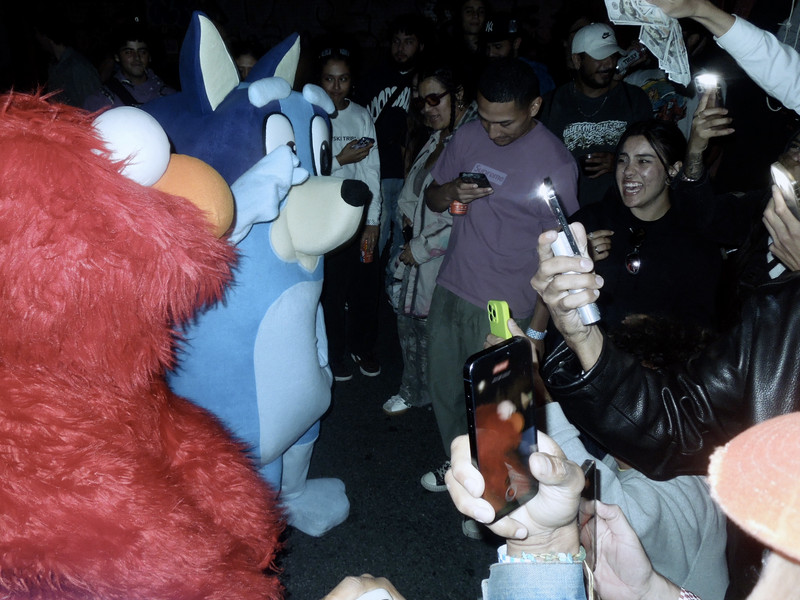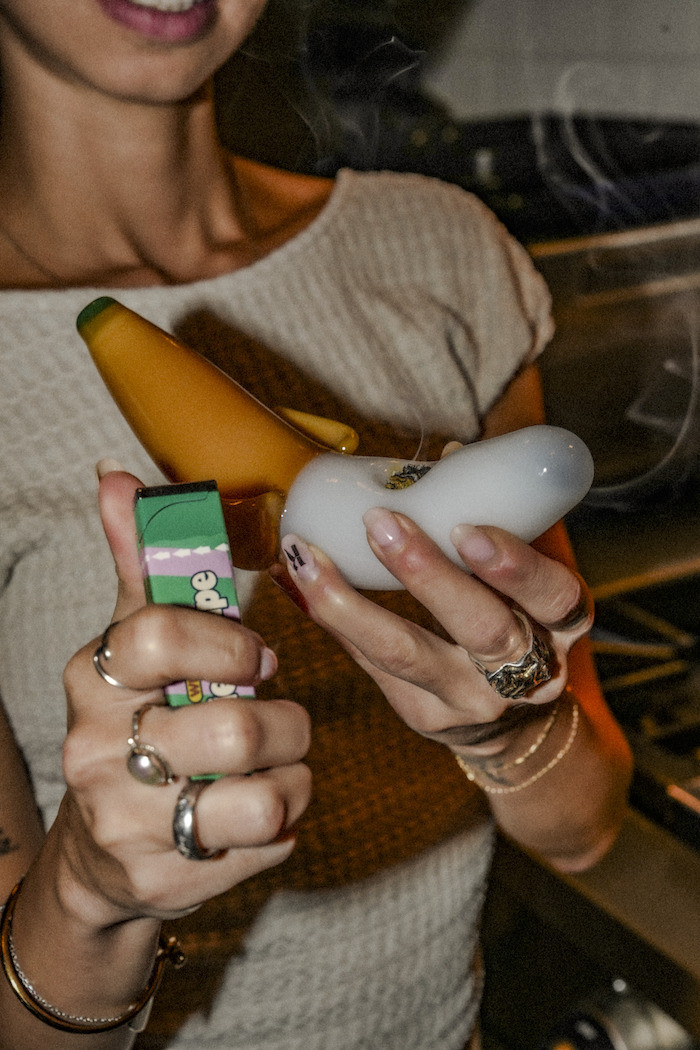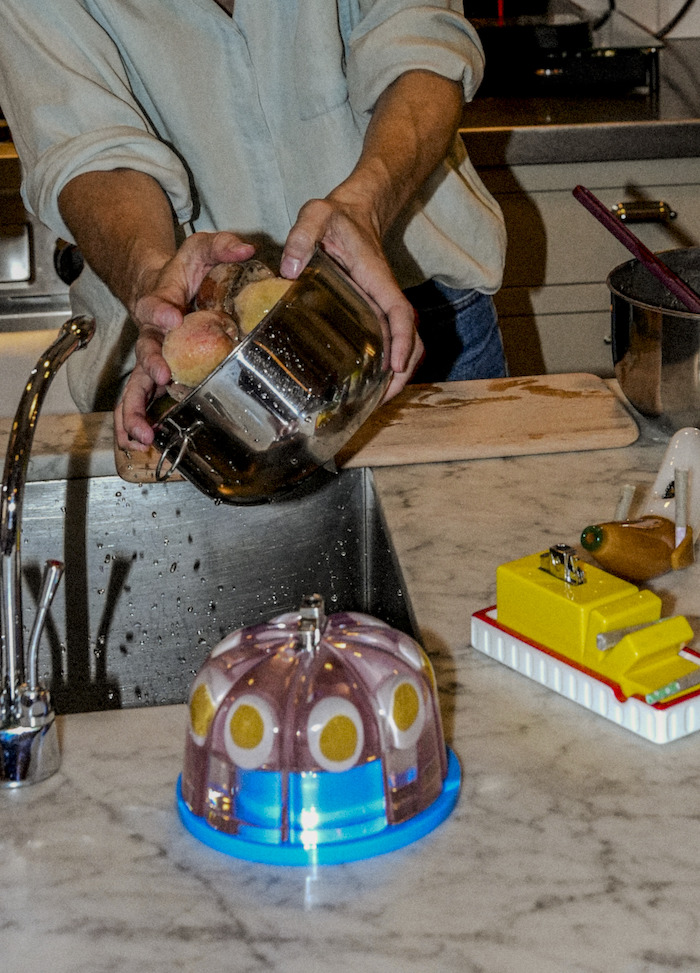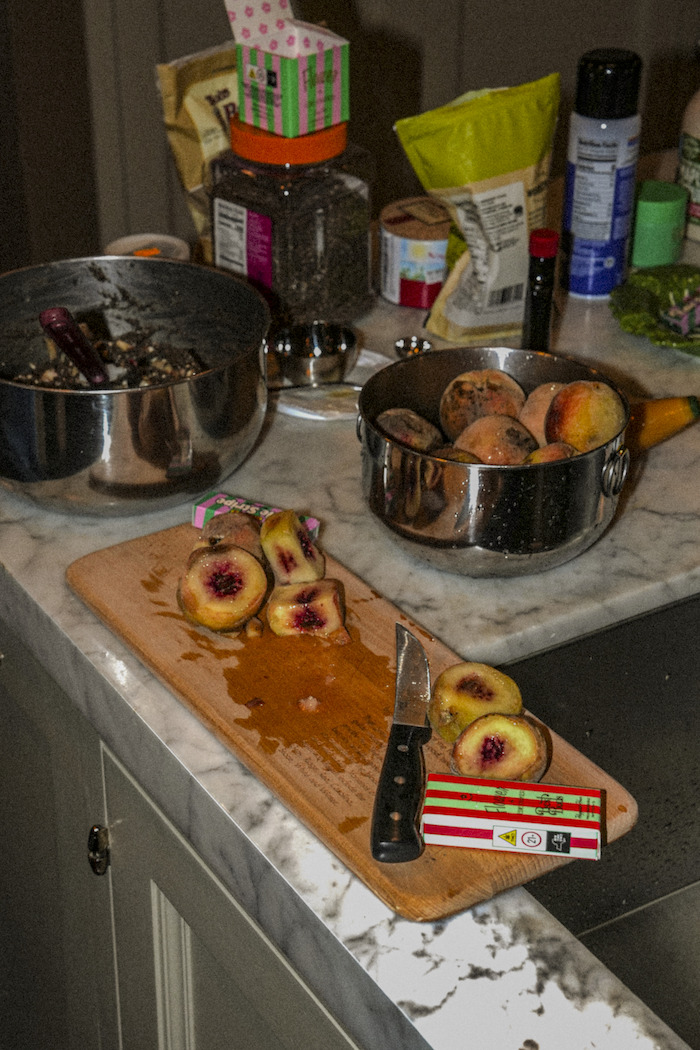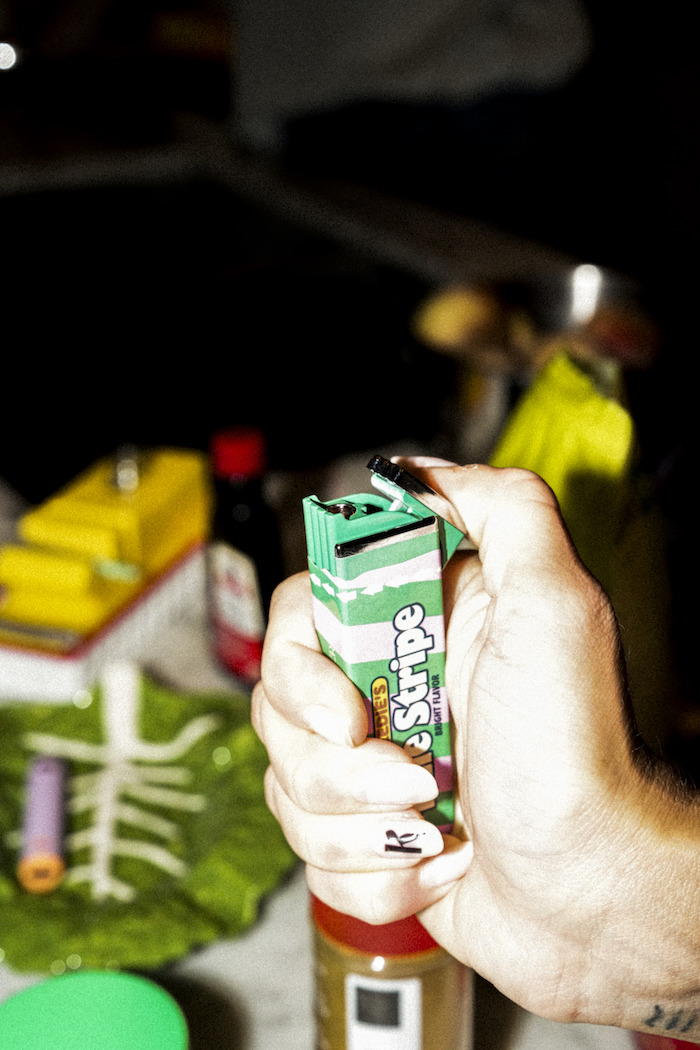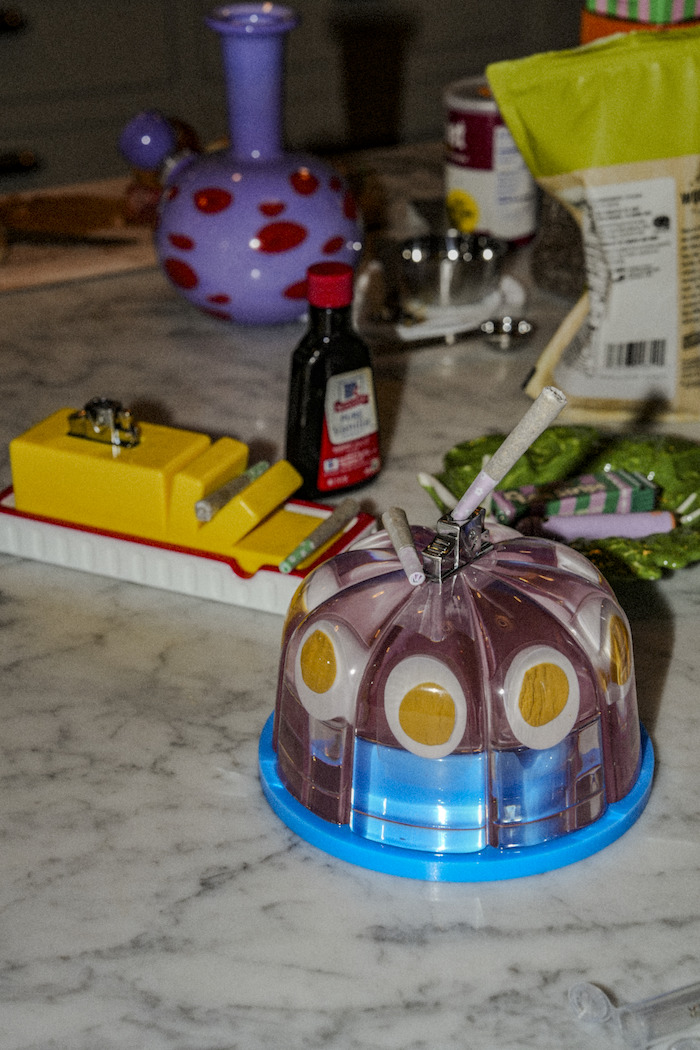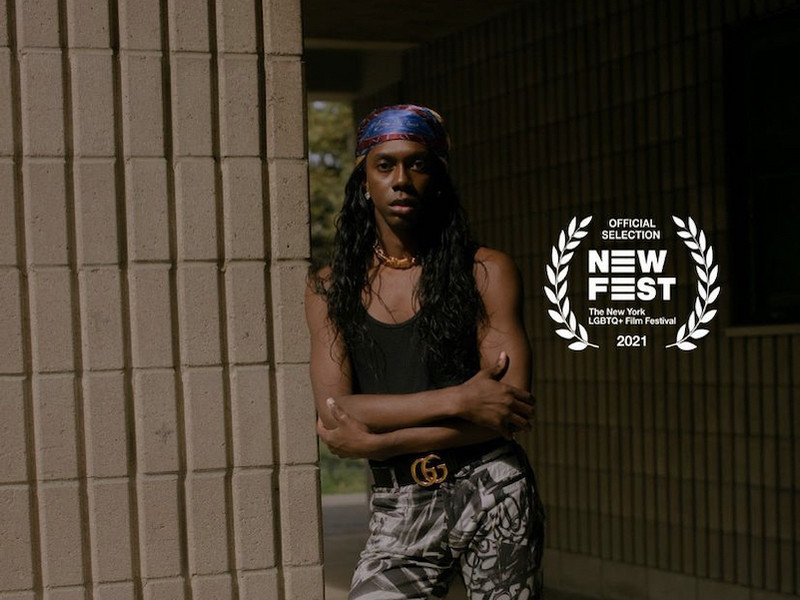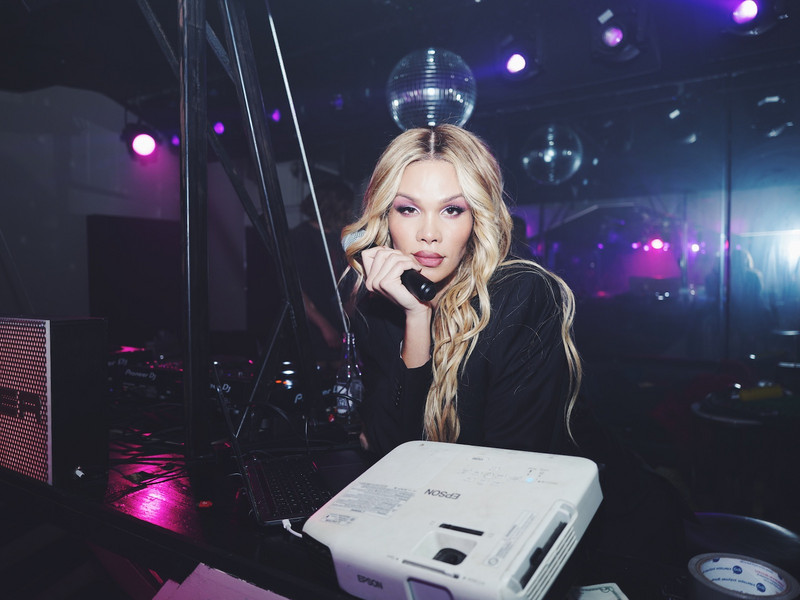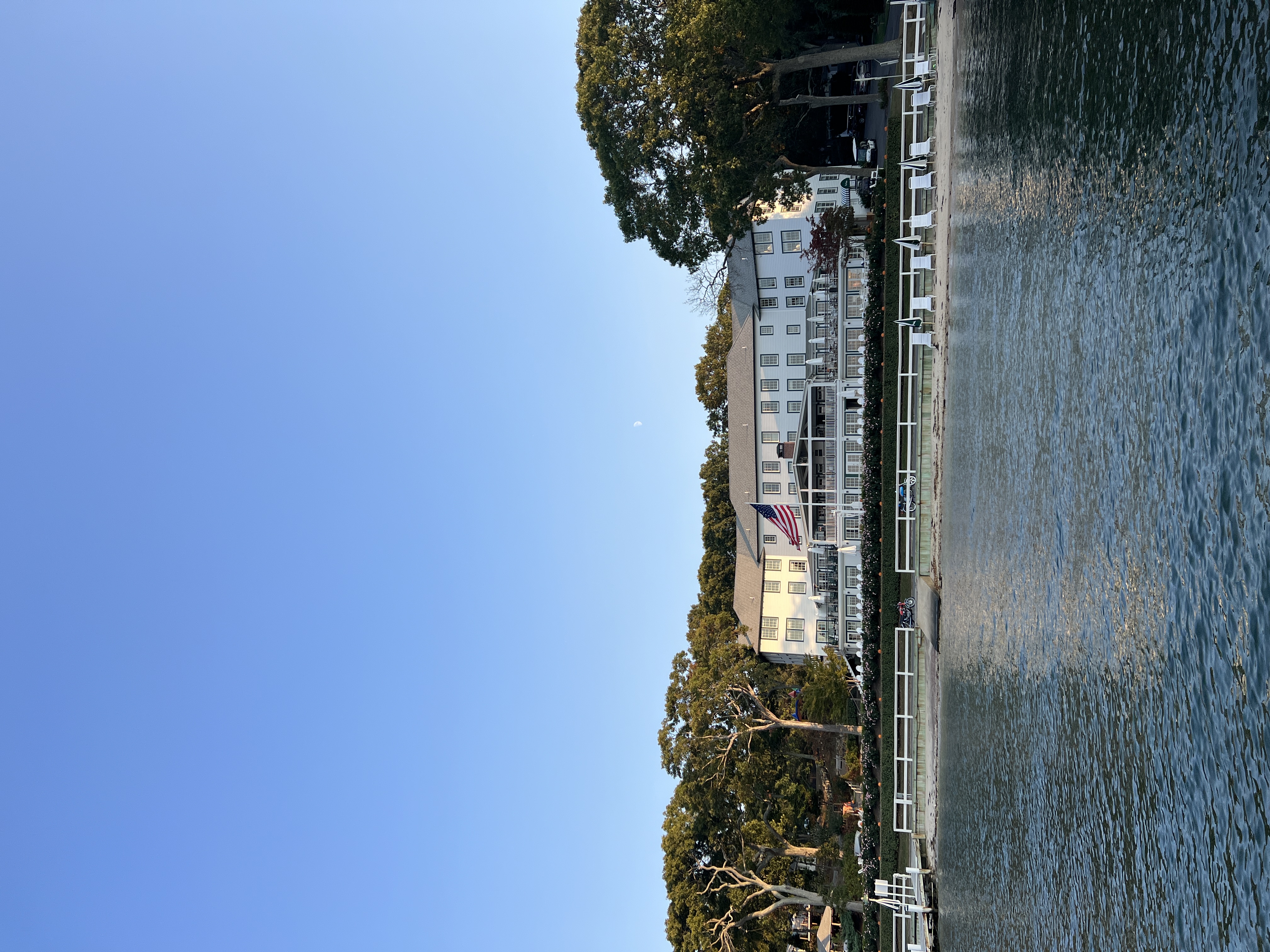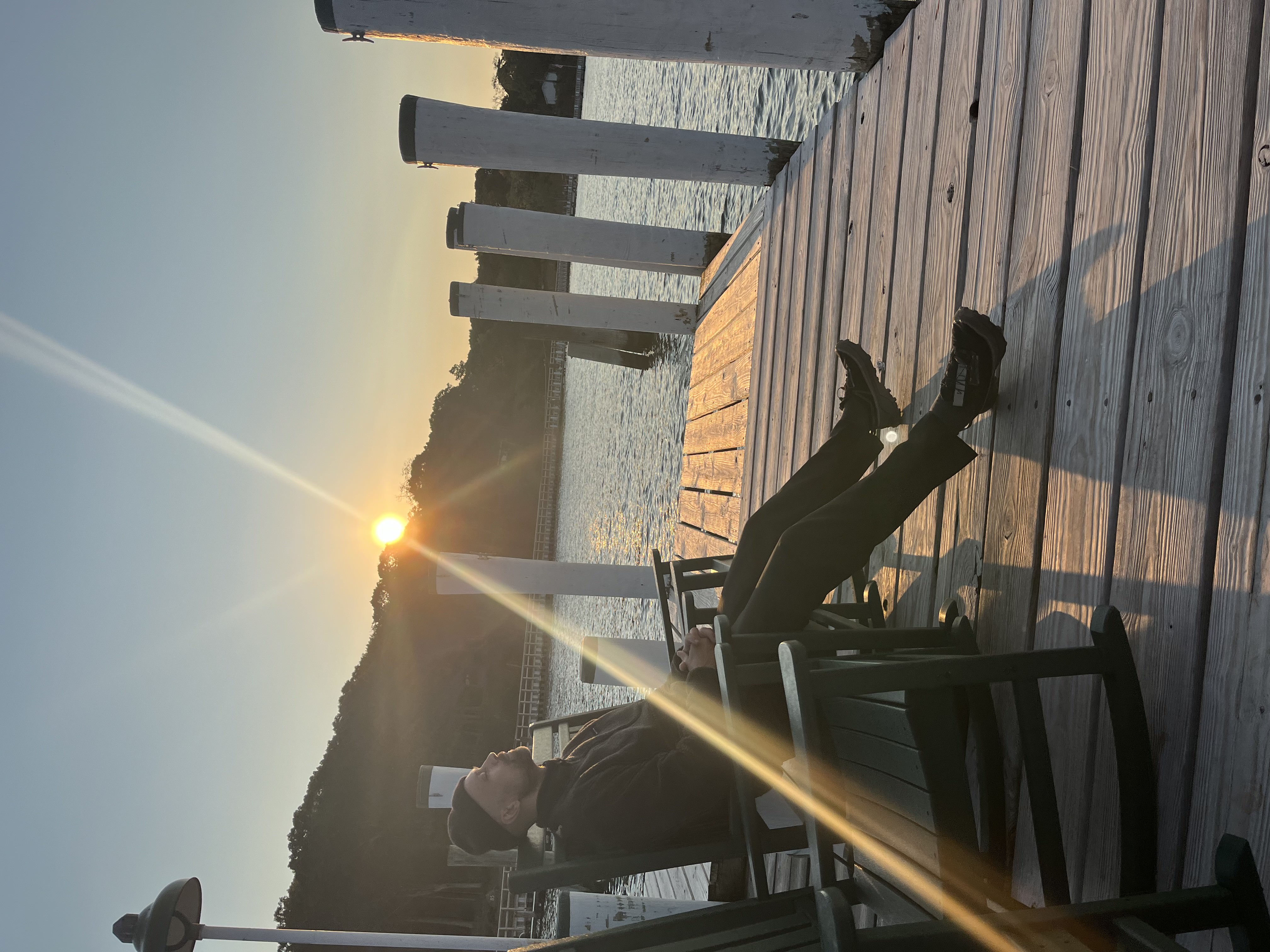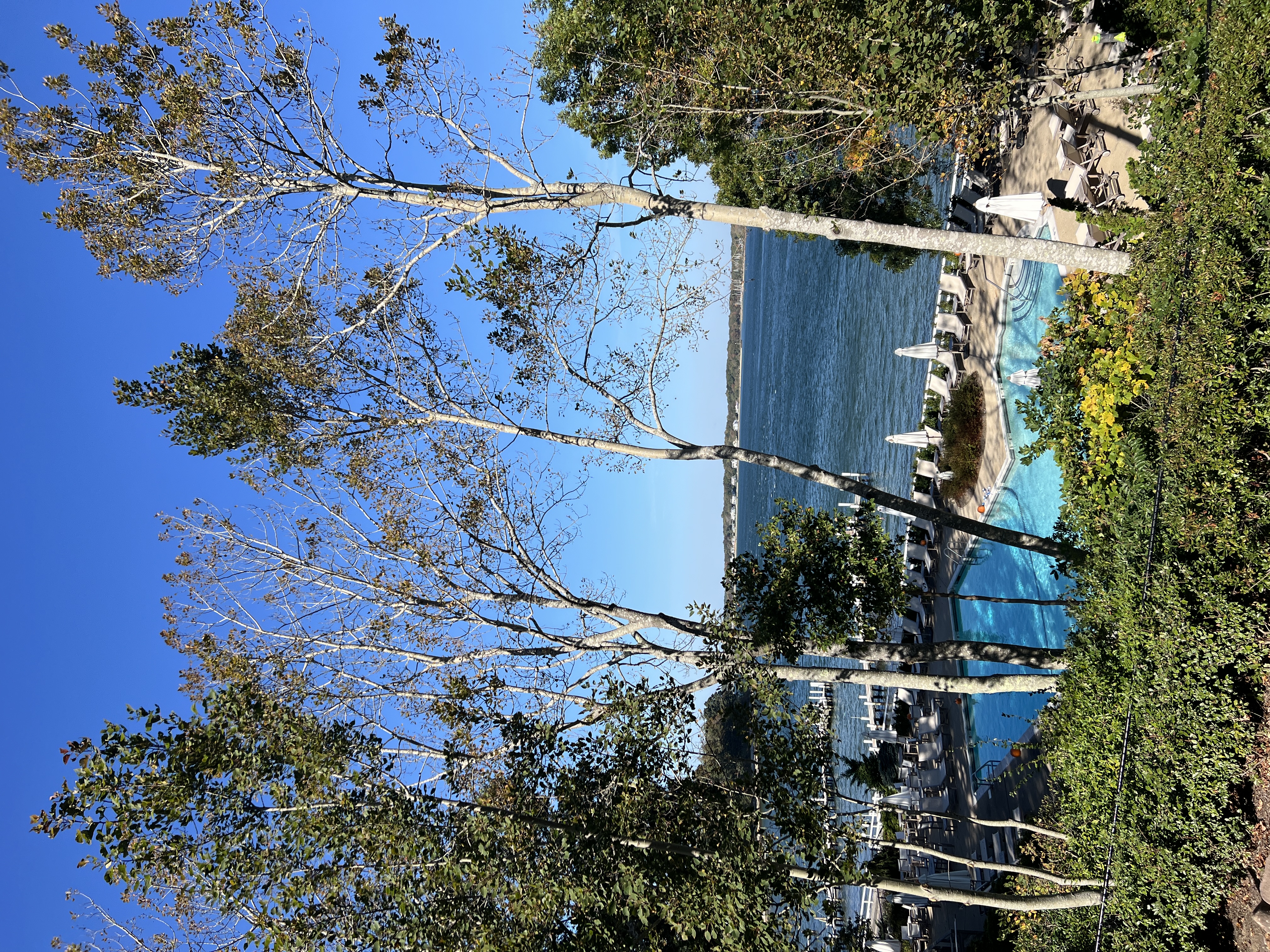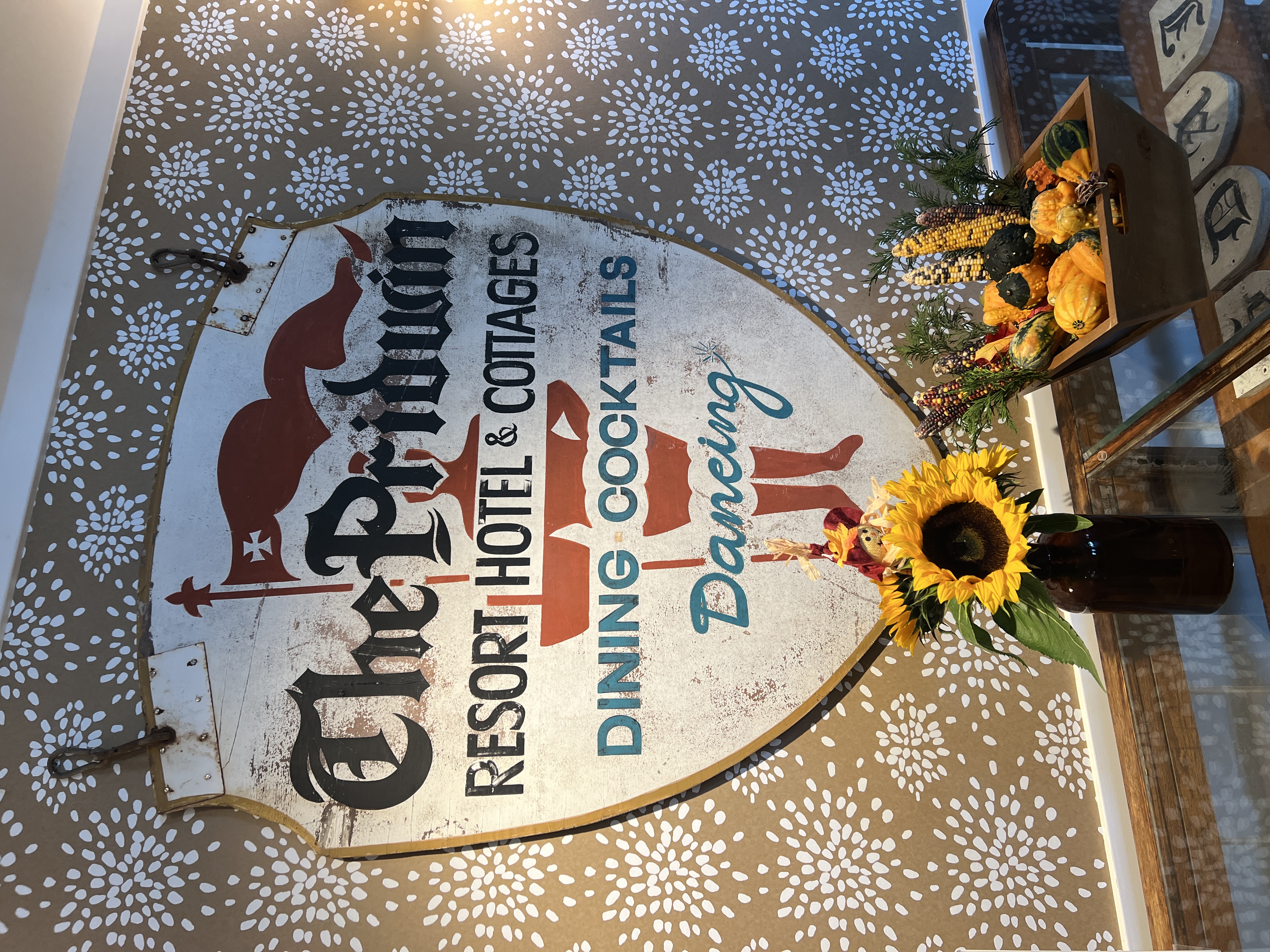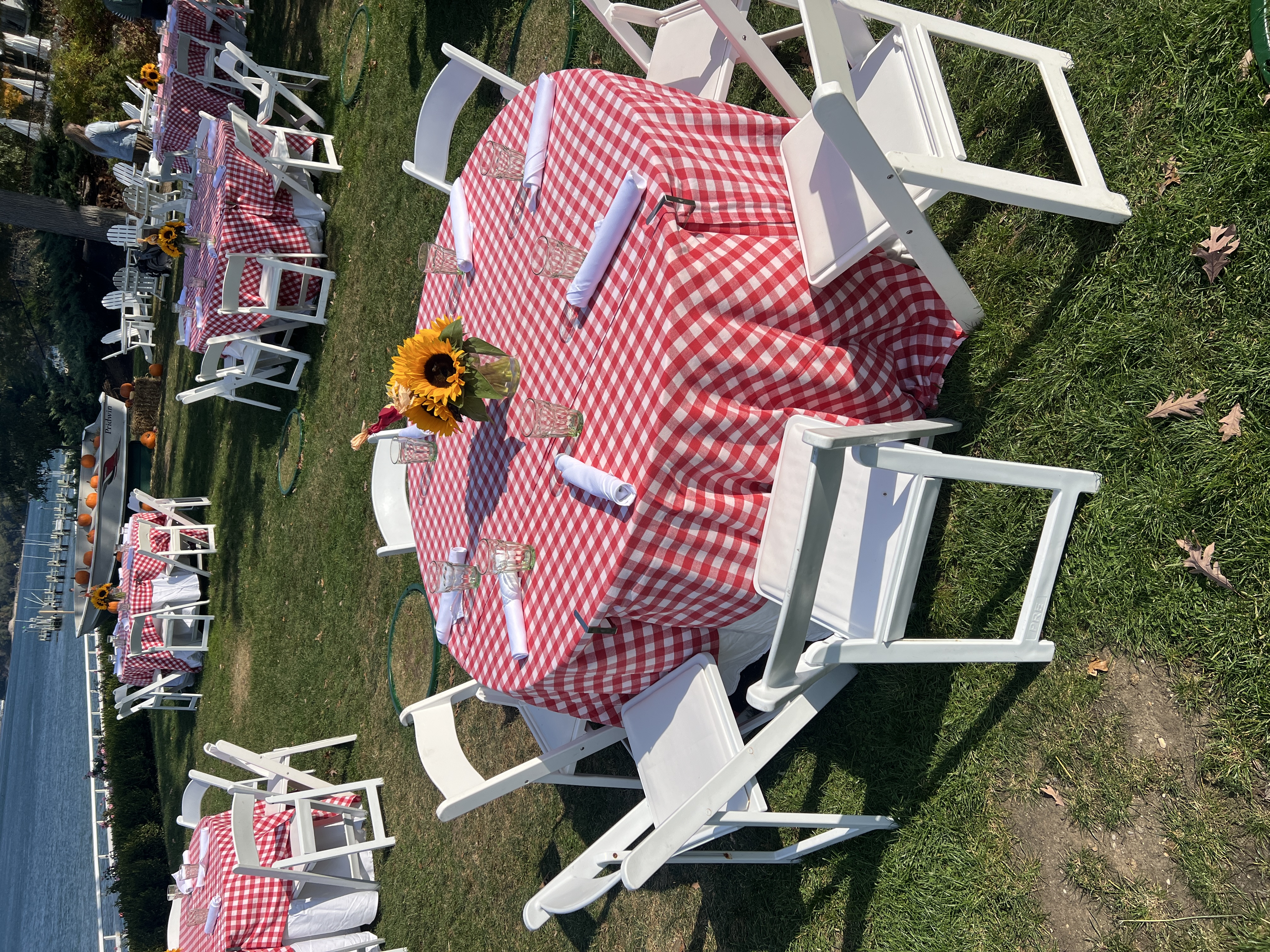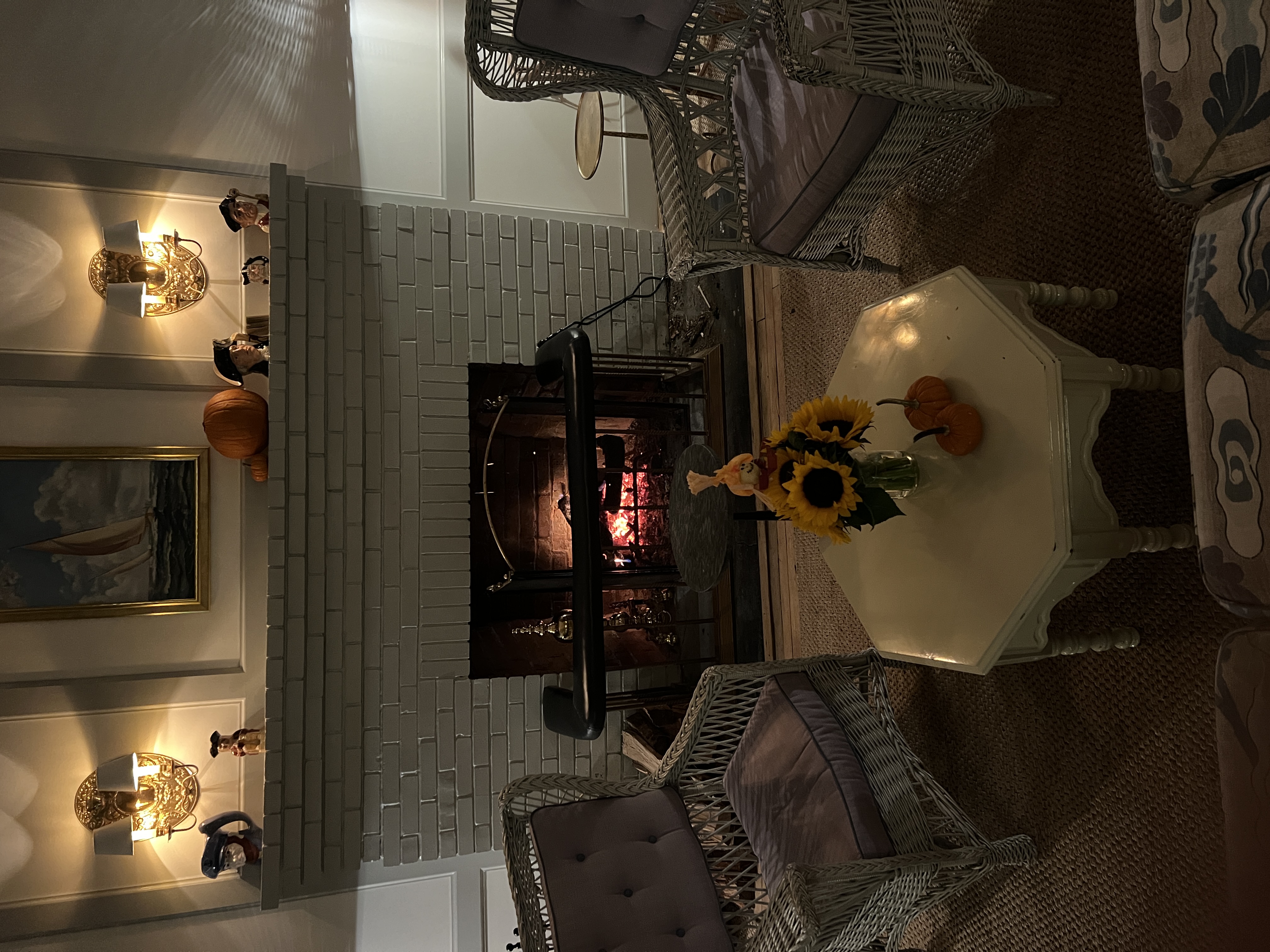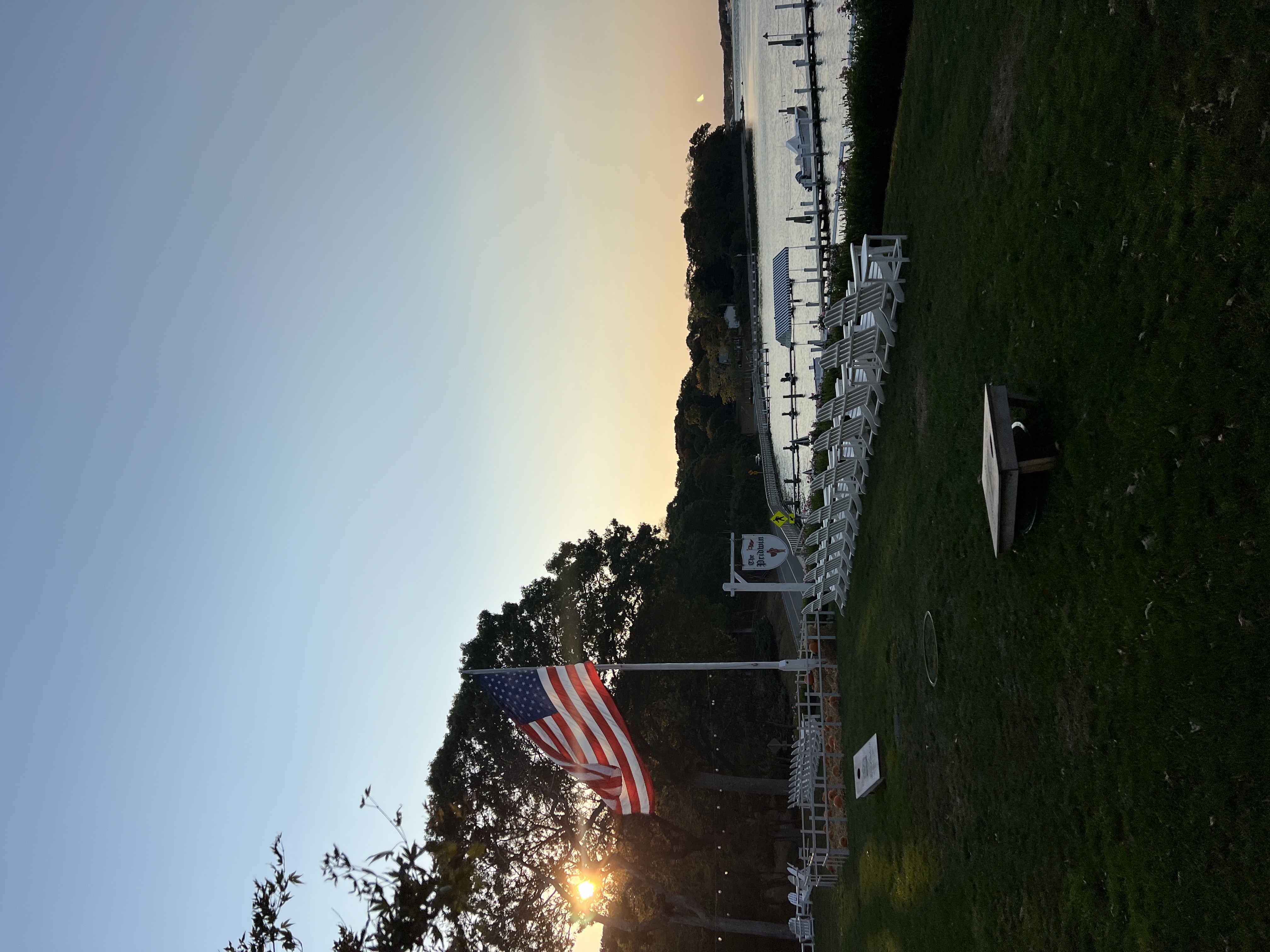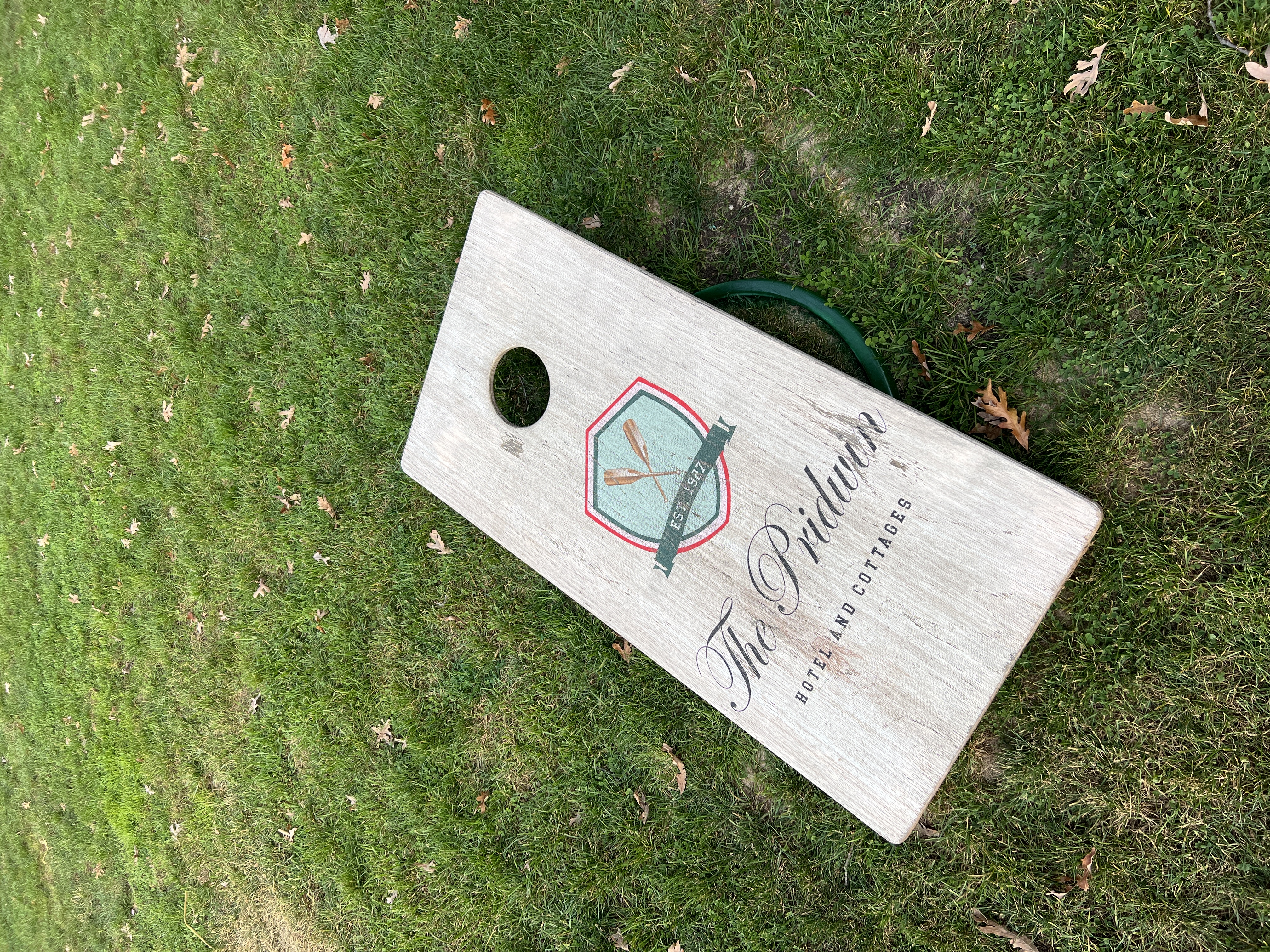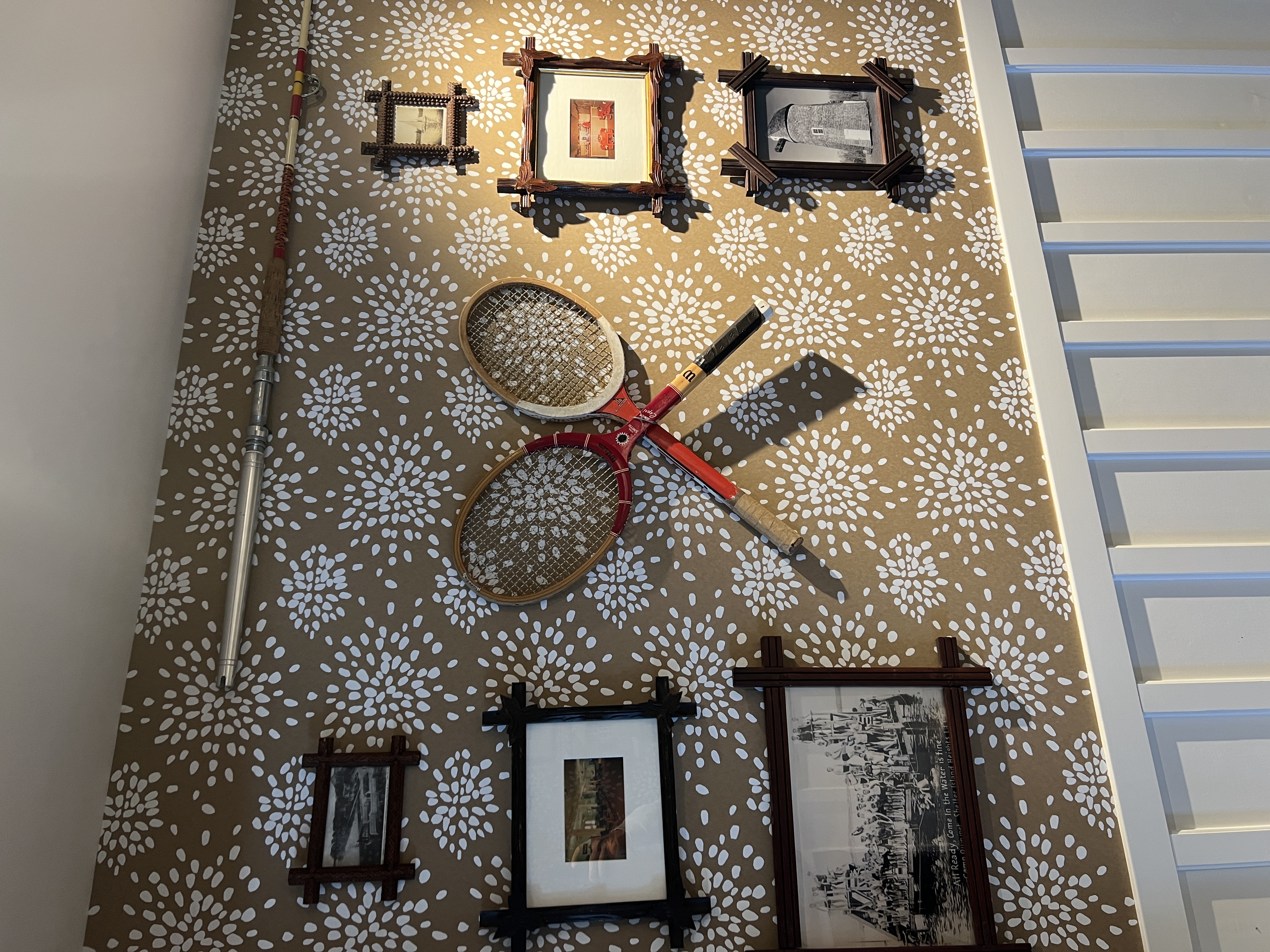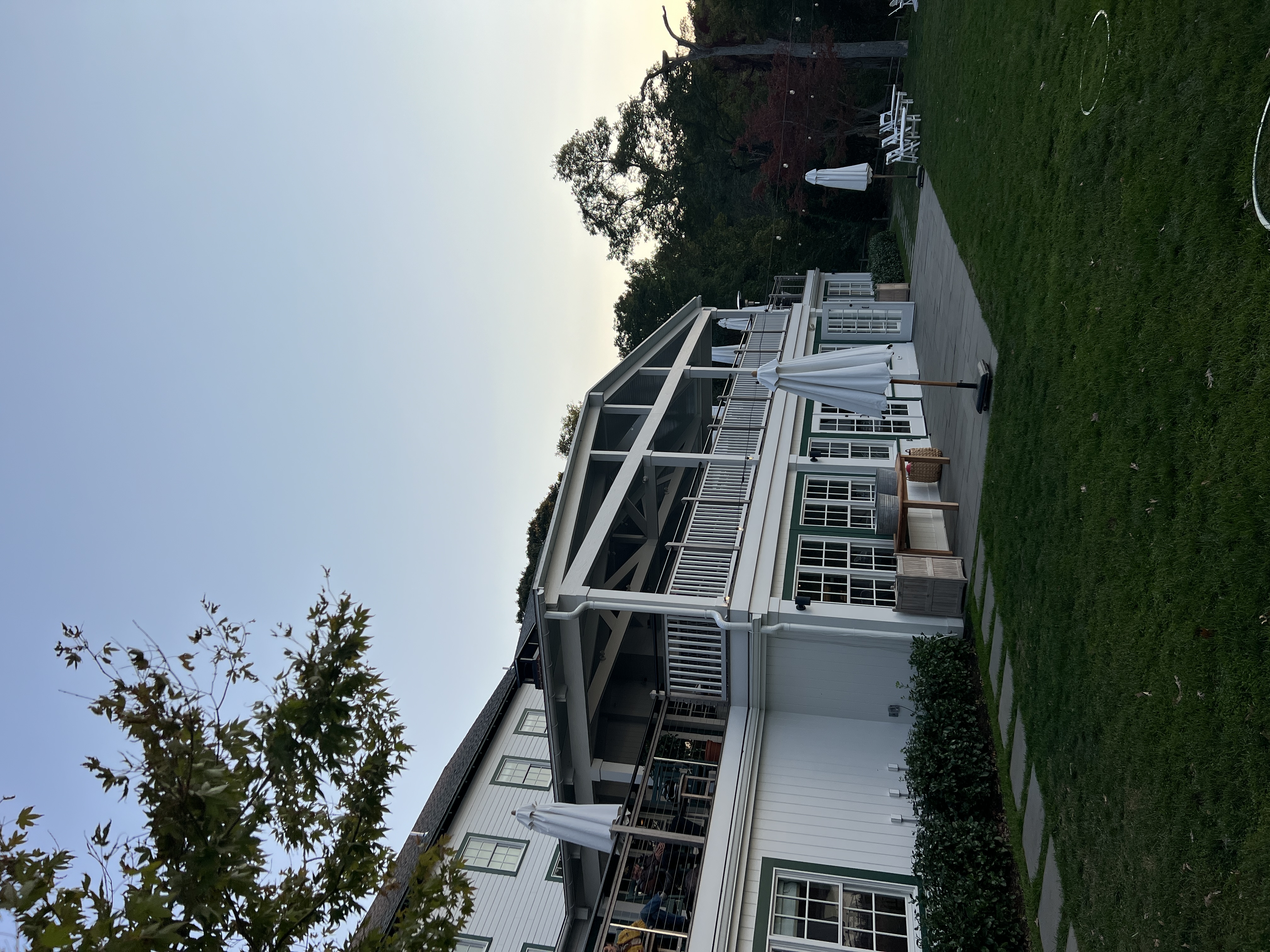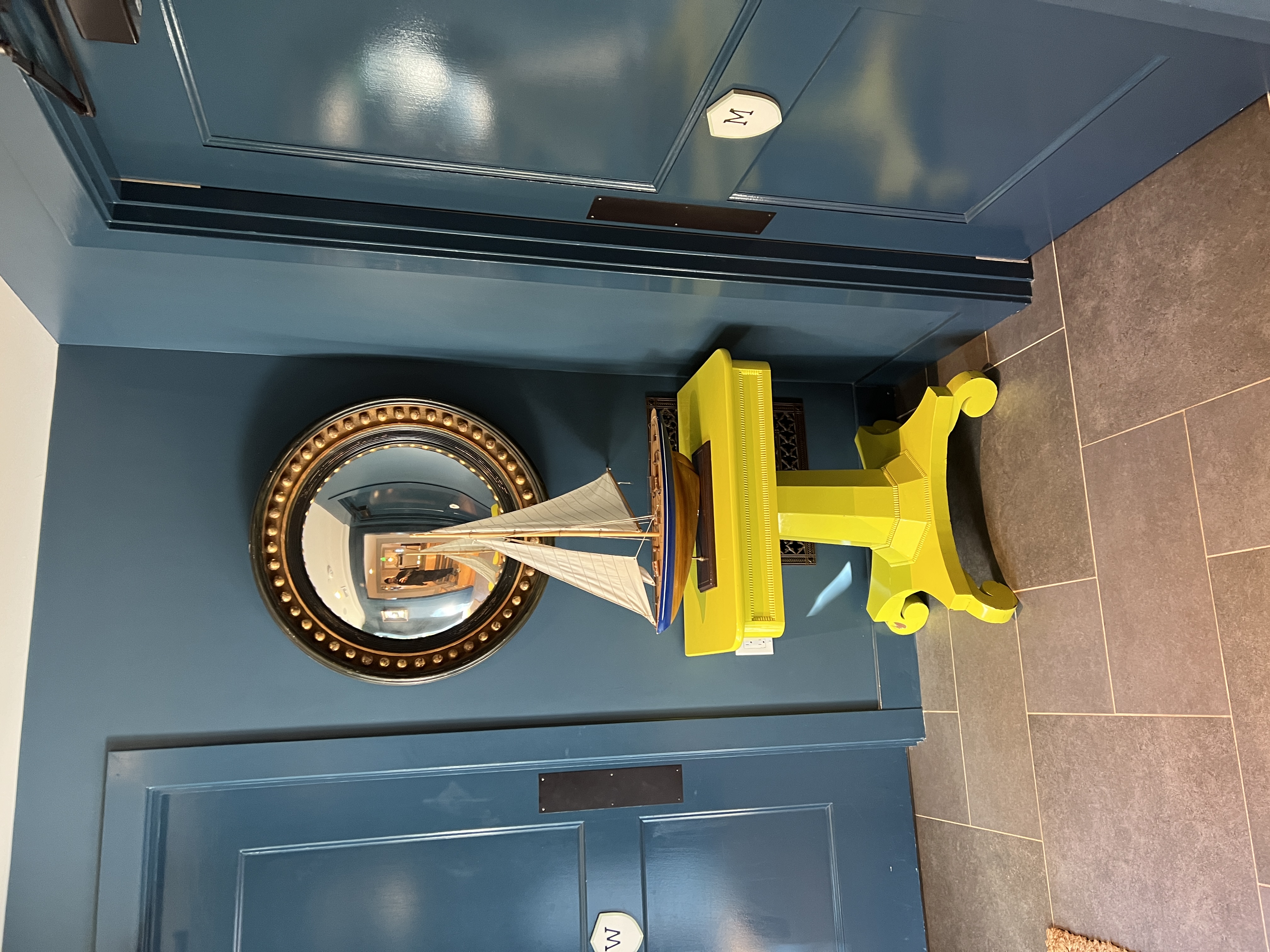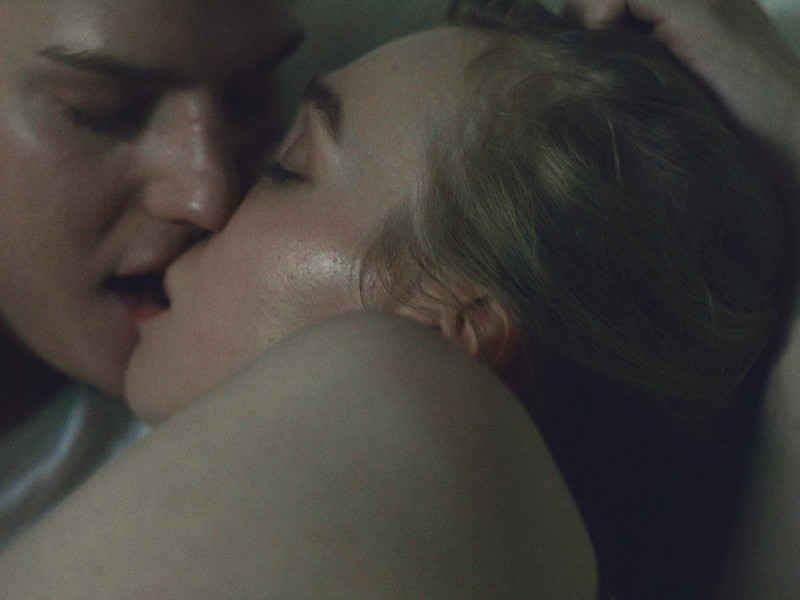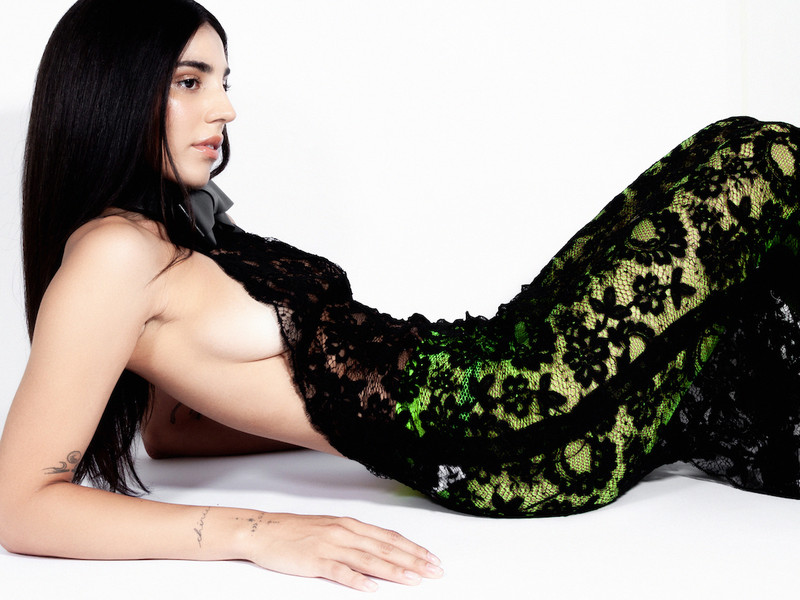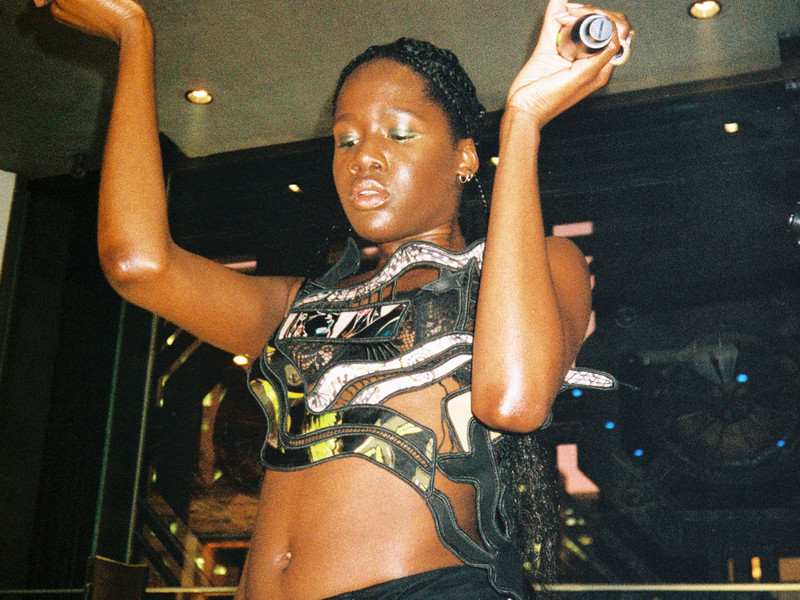Looking Into LAAMS
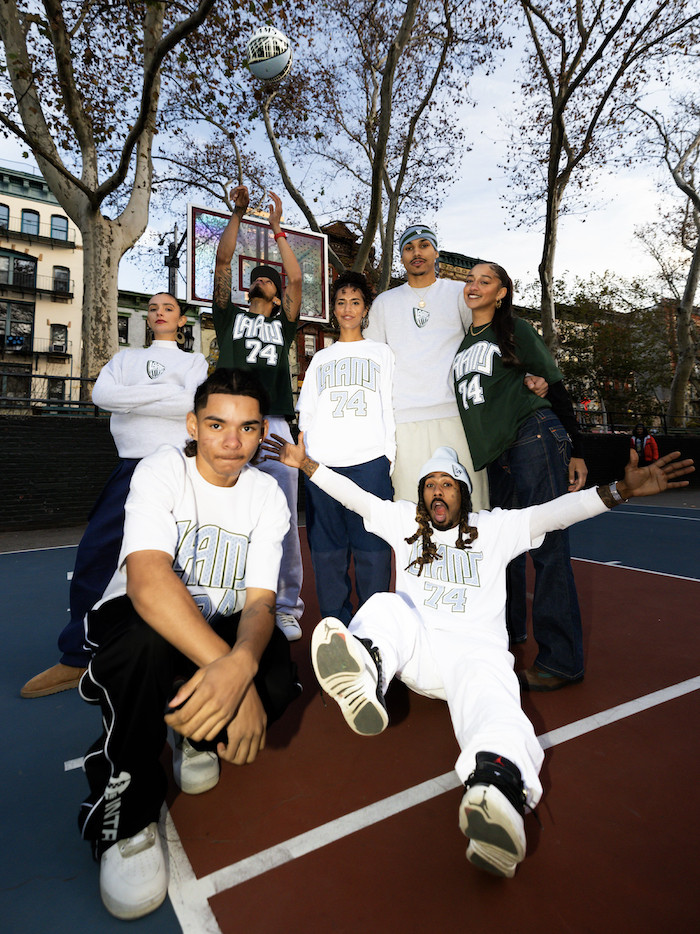
What imbues LAAMS with its infectious energy and soul is the creative community of over 200 people who bring color to a blank canvas. And at LAAMS, there is no entry fee, no Instagram follower threshold, or “clout” currency — it’s about connecting over a love for creating, a love for the culture, and sharing these ideals with the next generation. But this open-minded attitude isn’t all that’s shared in the expansive three-story space — LAAMS really wants to hand the keys to success over to burgeoning artists, designers, curators, photographers, and more by providing the actual tools they need to bring their ideas to fruition — from screen printing machines to retail space, to massive canvasses.
If you’ve taken a walk down this particular block of the Lower East Side during a steamy New York City summer day, then the vitality that radiates from LAAMS is not undiscovered to you. But I wanted to take a look behind the scenes, at the players who are making it all happen. From LAAMS’ OG founders to some of the next generation’s creatives that are shaking up the scene, office stopped into LAAMS to dive into the community that keeps it all going.
How did this idea come about and how has it grown into what it is now?
Scotty Selvin: Back in the early to mid-2000s, going to stores like Alife, Supreme over on Lafayette, Dave's Quality Meat — they all felt really welcoming. It felt like our thing. Over the years, as it got more and more commodified and corporate, prices went up, places became less welcoming, and the space became less of a hub for creatives. There was a lot more gatekeeping. It became about, 'How many Instagram followers do you have?' just to get your brand in a store. It wasn't really about the art. We had a lot of talented friends. Everyone was working on their shit, but it was very hard to get your stuff to the next level. So we wanted to open a place where everyone could meet up, help each other, and actually move their product.
How would you describe the community, now, that you guys bring in?
Stevie Baker: I feel like it's forever evolving. We're entering our fourth year, so I'm looking at it like high school. We were freshmen and now we're seniors and there's a whole new cast of people coming. There are new kids with new ideas. Sometimes we meet kids that are like 18 or 19 that we've been working with since they were like 14, when we opened. The community is continuing to grow and a lot more people are getting the vision, as far as us being this hub for creatives and almost like a community center. There was a lack of places to activate in this way, so we kind of filled that void organically.
Scotty: Over that time, we've even seen the growth from people. A big thing about us is we're always open to say, 'Come in, show us your stuff.’ And if it's not ready yet, we're gonna give you some game about it. And we see kids coming back six months later taking all that advice, we put 'em up on the racks, and then the shit goes. It's great to see all of these creator's skills coming together. Someone might have a great graphic design idea but not know how to print it. I think those are my favorite moments — when we're closed, but there are still like a dozen people working on things and helping each other out. Not necessarily for personal game, but everyone understands it. If we all help each other, we can keep this alive and keep it growing.
Amani Heywood: I've been technically working here for three years. But before working here, I actually rented out this very rack right here to a pop-up with leather bags, accessories, and jeans. Now I'm just trying to bring other people back into the same experience I had. I'd describe the community here as family. Loving. Motivating. Community really shows you that you have the strength to keep going.
You mentioned the community being made up of so many different ages too. And I think that's the coolest part because of what you're saying. You can be a mentor for some of those younger people but also learn from them. It goes both ways.
Scotty: We talk a lot here about what could have been. Lost art. So, you know, a young kid has no guidance whatsoever, makes their tee design, pours their money into it, then only puts it on their website and they don't have clout, so it doesn't go well. It doesn't mean that it wasn't a good design. It doesn't mean that they're not talented. But there are other factors involved. When we put it on the rack here, it may sell out. And if that kid never got that opportunity, then we never know what would've come of that person.
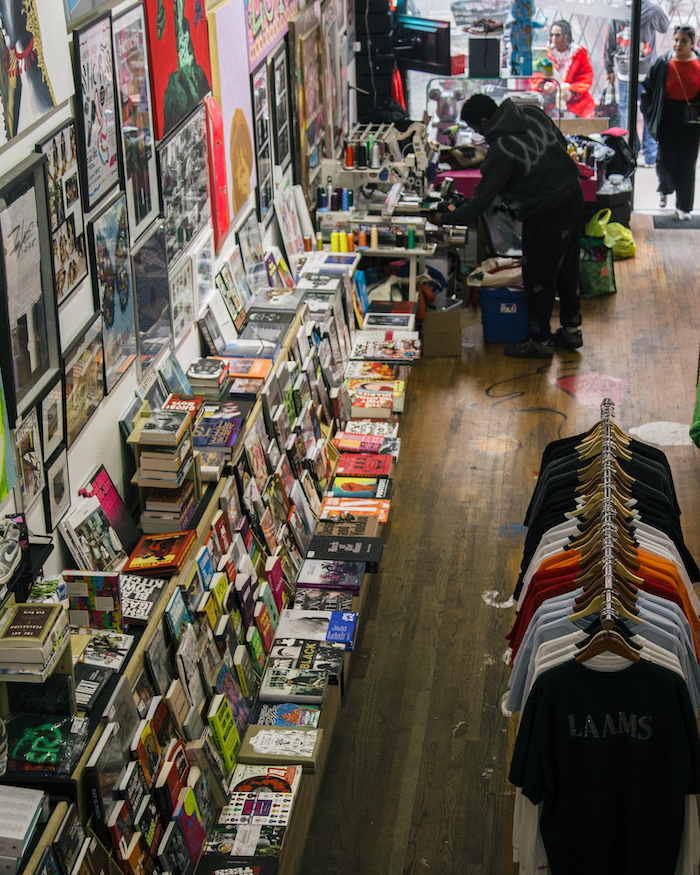

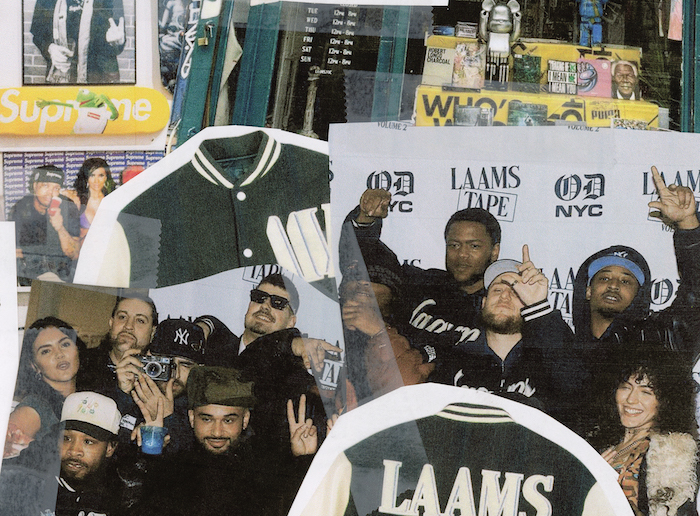
Providing that kind of visibility is important for a lot of people.
Scotty: A lot of people come in like, 'Y'all got a lot of random shit!' And it's really not random. It all serves a purpose. We have bins of scrap leather, for people to test out developing new garments. We have Benjamin Moore paint chip books. Those are for collage artists. These are all tools. Even the vintage mags and books, are to try to get people away from the internet. If your inspiration's coming from Instagram, the algorithm is feeding you the same things as everybody else. So you're inherently not gonna be able to come up with an original design. We want to push people to take it a little bit further. We need more substance than that. We often push people to take it another step, read a little bit more, and not just hastily jump into something. Try to really come up with a well-rounded concept. I think it's even important for us, as our collections progress, to continue putting themes to our garments so they're telling a story.
It seems like storytelling is a big consideration for collabs and events. What are some streetwear giants, tastemakers, or any brands that inspire you guys or have informed you?
Scotty: I think a lot of the older era. That golden era. I worked at Mishka for a little while, so I learned a lot there. Alife is a huge inspiration. The varied product offerings from Reed Space and Jeff Staple. I used to go there and I loved that I'd find more than just clothes. DQM with the creativity of their shop looking like a butcher shop. A lot of artists from that era, we just paid homage to with our last collection. We're all different, so Stevie's got a whole other plethora of brands and people who informed him.
Stevie: I think that's the beauty of us. We all are different variables. The common denominator is just having good taste and wanting the best outcome. But it's a beautiful marriage. Scottie: And it works well 'cause then when we all come to a consensus, we know we're very confident. If all three of us fuck with it, alright, done. We don't need to talk about it anymore. And if one of us or two of us has hesitation, we'll always hear each other out.
What is your favorite part about the community and culture you have cultivated here?
Stevie: I just love seeing people every day. To give you the highest quality experience, regardless of if you buy something or not, is probably one of my favorite things. And just also having a place where we can come as a community and a family. Meeting people from all over the world and we learn just as much as we impart daily. I love coming in and seeing what everyone's working on. And then giving our two cents to each other.
Scotty: I love meeting people that you wouldn't think are a part of this space, here. We've got an artist from Norway. He came in here for the first time, Stevie liked his work, and we got him a canvas. We had a conversation with him for about an hour and a half in front of the doorway and now we work with him. That was another thing that we really wanted for this place, is to have all the capabilities to do shit right away. No excuses. The idea is good, so get started. If you have no idea of the capability or tools you'll need, it's easy to speak without action. We wanted the ability to be able to say, 'You can go print it upstairs. You can embroider it up front. You can get the patch made downstairs.' It's kind of like, we don't just want to talk about things, we want people to have the chance to make it happen.
Remi Lewis: The culture here feels special to me because I feel like I finally belong to something bigger. I’m constantly inspired by my peers at LAAMS and everyone’s drive just fuels me more every day. I’ve met some truly amazing lifelong friends; we all make sure we spend time with each other outside of the shop too which only creates more of a close-knit community feel.
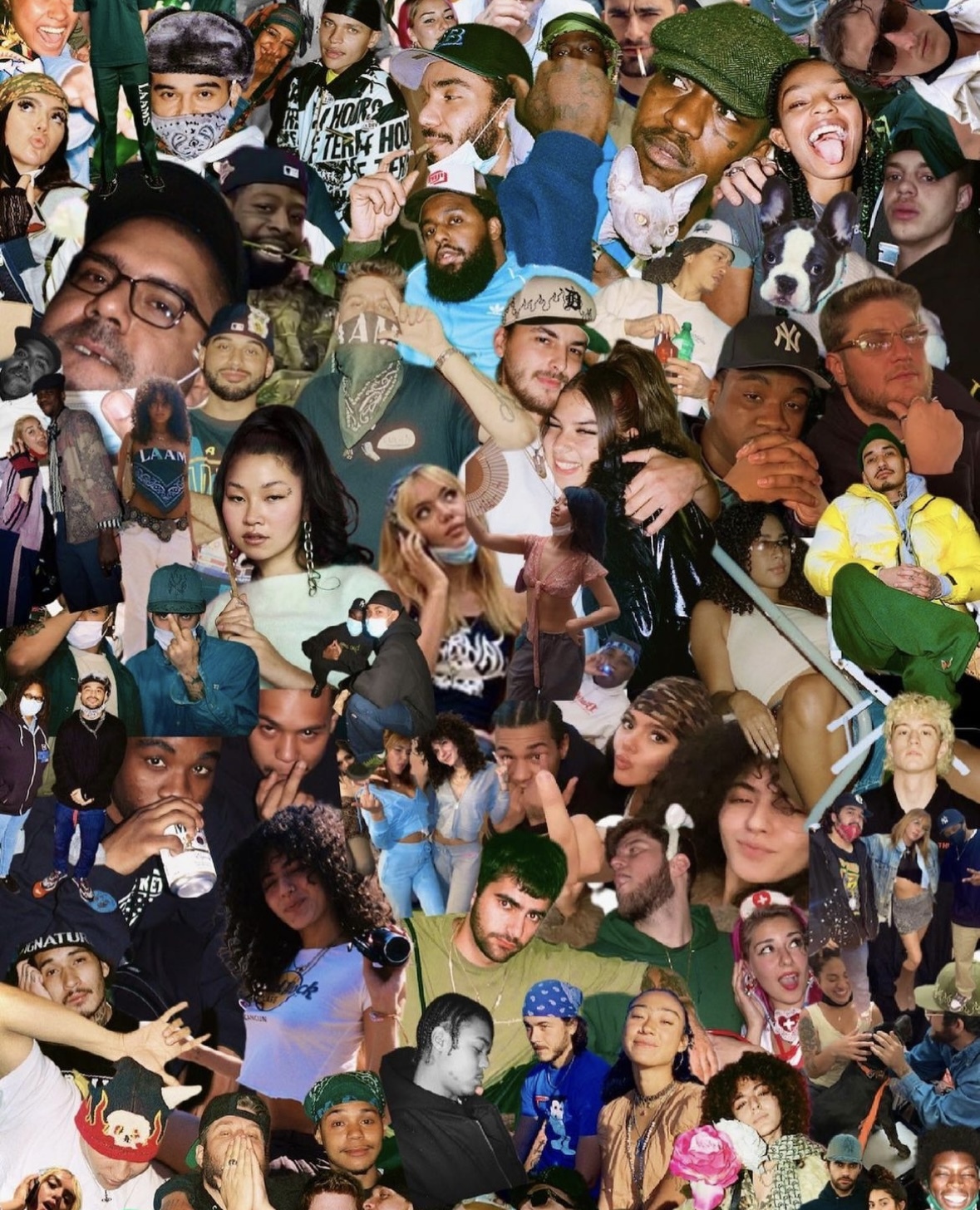
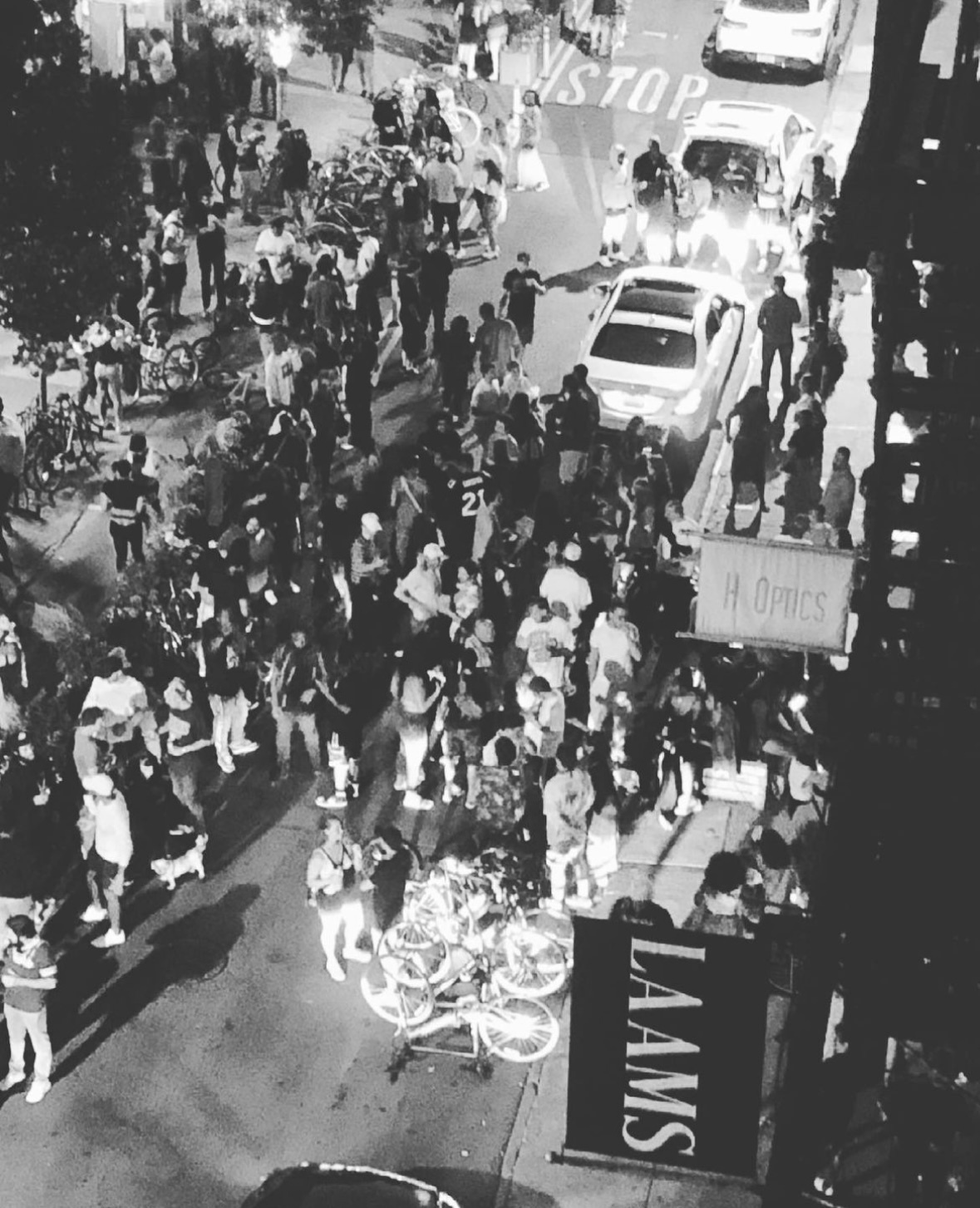
Remi, you recently started Rem & Ri, a curated vintage shop, inside of LAAMS. How does it feel to have your own operation going on with the support of this community?
Remi: Rem & Ri came about because Sarina and I were the first girls to ever work at LAAMS. Once we took over the space, it just felt right — there was a female energy brought to the space that was just necessary! It feels amazing to have girls come in and become regular customers. It feels otherworldly to see them walk out so happy to find an outfit that not only makes them feel HOT but also unique and one of a kind.
What's your favorite part about this neighborhood, and Orchard, specifically? I feel like there are a lot of people who organically pass by and are kind of just drawn to the space.
Scotty: We knew we wanted to be in this area, going back to the stores we used to shop at back in the day. I didn't even anticipate this block being so special. We've got good restaurants all through the neighborhood, the whole block. It's just a lot of fun. Especially on a nice day. It's just become a main artery now.
Stevie: I always think, "Are we being biased in saying this is the best block in the city?" But I don't know. A Saturday in the summer, few places in New York are going to be as exciting as this.
Scotty: Skin Contact, a few doors down, they had an article written about them that we thought was hilarious. It said, 'You come to Skin Contact for the wine, but you stay for the circus.' That's Orchard Street. I guess we're the circus [laughs]. It's a lively block.
Totally — good energy. What are some of your favorite projects or collaborations that you've done to date?
Scottie: I think our Puma Clyde sneaker for the 50th anniversary of the Clyde was awesome. Shout out to Rob and Trey for that one. As a lifelong fan of Alife, having them tap us was a full-circle moment. The shoe was cool, but the coolest part to me was being in here with them. I camped out for their first Puma and I think that was like 2007 or 2008.
What are some of your favorite trends or just things that you're seeing right now that people are coming in and really excited about?
Stevie: I think we see things before they become trends. That's what's so ill. We see these things before the internet. Before Instagram. We might hang out with like Shredmasterkeith in the morning, a world-renowned skateboarder. He might be dabbling in music today or woodworking tomorrow. I'm not seeing that stuff anywhere — you know?
Scotty: I think it's creative specific — specific to certain people. I think once it becomes a trend, it kind of gets chewed up, especially because that's when it's all over Instagram. We don't want to know who's wearing it. How many followers do you have? Absolutely irrelevant. That's not gonna help us at all in here. It's also just about the fact that we're not gonna sell it unless we feel great about it. There's definitely an emphasis on this DIY revival. It's nostalgic, in a sense.
Scotty: We've talked a lot about the youth coming in, but there's also our peers that are our age who have been continually honing their skills. To see what they're making and the success they've reached by sticking with it and staying in the game is amazing.
How would you describe the LAAMS perspective when it comes to contemporary streetwear? What is the perspective that you want people to take away after they walk away from the store?
Scotty: We're not looking out; we're looking into ourselves. We're not mood-boarding for our collections or anything like that. We're moodboarding in real life in here every day, with the people that we're working with and that we meet. I want people to feel welcome. That's the first word that comes to mind. Even the way this place looks, this is not a sterile environment where you can't feel or touch things. Every customer that comes in here gets the full rundown of everything that's going on here and pretty much every single thing in this whole building has a story and a reason for being here. And we encourage 'em to ask about that. Pricing in streetwear just seemed to inflate to such a ridiculous degree over the years. That creates a really unfair pressure on young people to fit in. It's unfair pressure and I think it makes 'em prioritize the wrong things.
Stevie: I think we've witnessed a renaissance over the past four years. I think this is what the future looks like. To understand what the future looks like, we need to understand our history too. So we encourage people to do the research and then feel free to contribute. If you want to come sit at the table, bring something — bring yourself, bring your hands, bring your mind. And don't be shy. We're very human here, so I'd like for us all to continue tapping into that side and to be the change we want to see.
Scotty: It's about getting the keys back in the hands of the people. Regardless of social media, in-person relationships create better work. They're more rewarding and you learn more.
